Biohacking for cures: what you need to know.
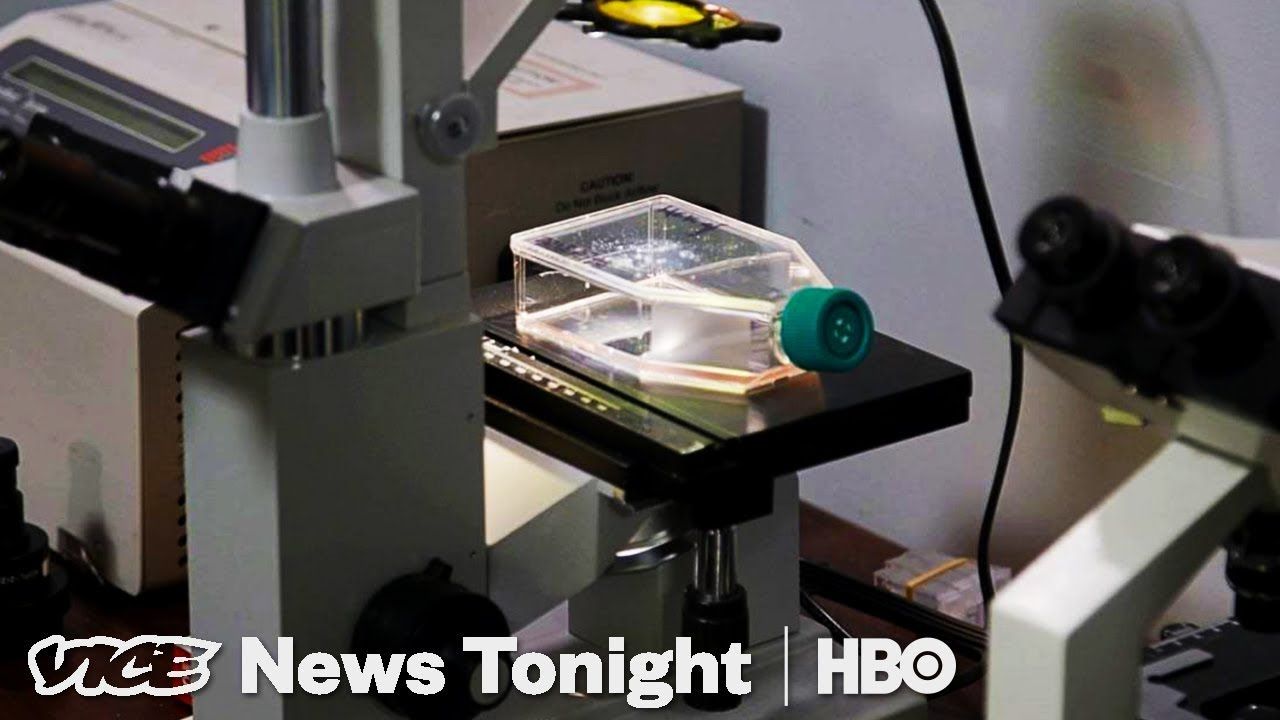



Scientists and dietitians are starting to agree on a recipe for a long, healthy life. It’s not sexy, and it doesn’t involve fancy pills or pricey diet potions.
Fill your plate with plants. Include vegetables, whole grains, healthy fats, and legumes. Don’t include a lot of meat, milk, or highly processed foods that a gardener or farmer wouldn’t recognize.
“There’s absolutely nothing more important for our health than what we eat each and every day,” Sara Seidelmann, a cardiologist and nutrition researcher at Brigham and Women’s Hospital in Boston, told Business Insider.
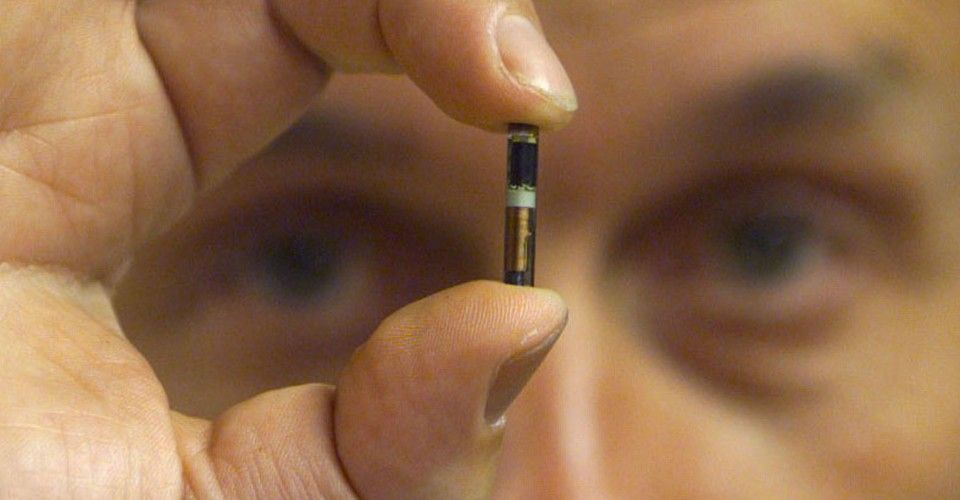
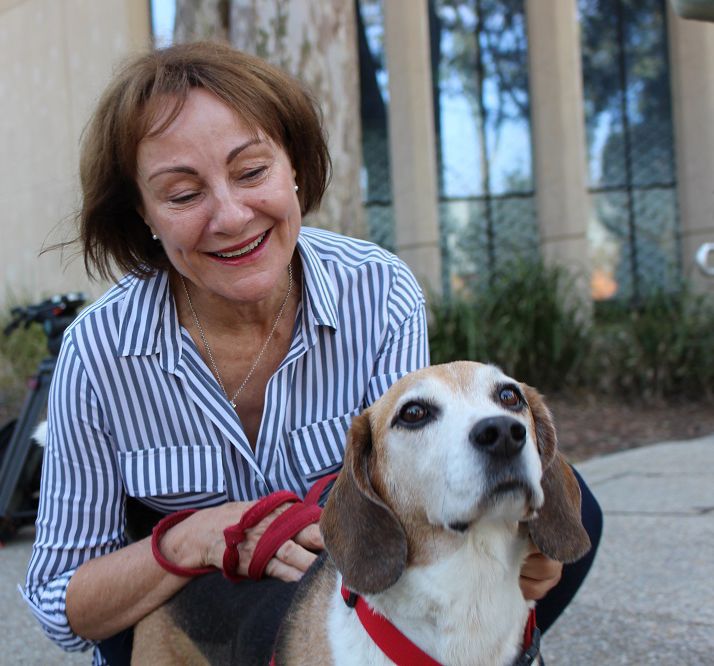
A ten-year-old beagle with prostate cancer is helping researchers at The University of Queensland use nanomedicines to accurately diagnose and target the disease.
Hoover is the first patient in the world to receive the nanomedicine, which the research team hopes will help track and treat his cancer, and lead to better treatment for people with the same disease.
Nanomedicine is the science of developing tiny particles for applications in health — in this case therapeutics to specifically target a protein found in prostate cancer.

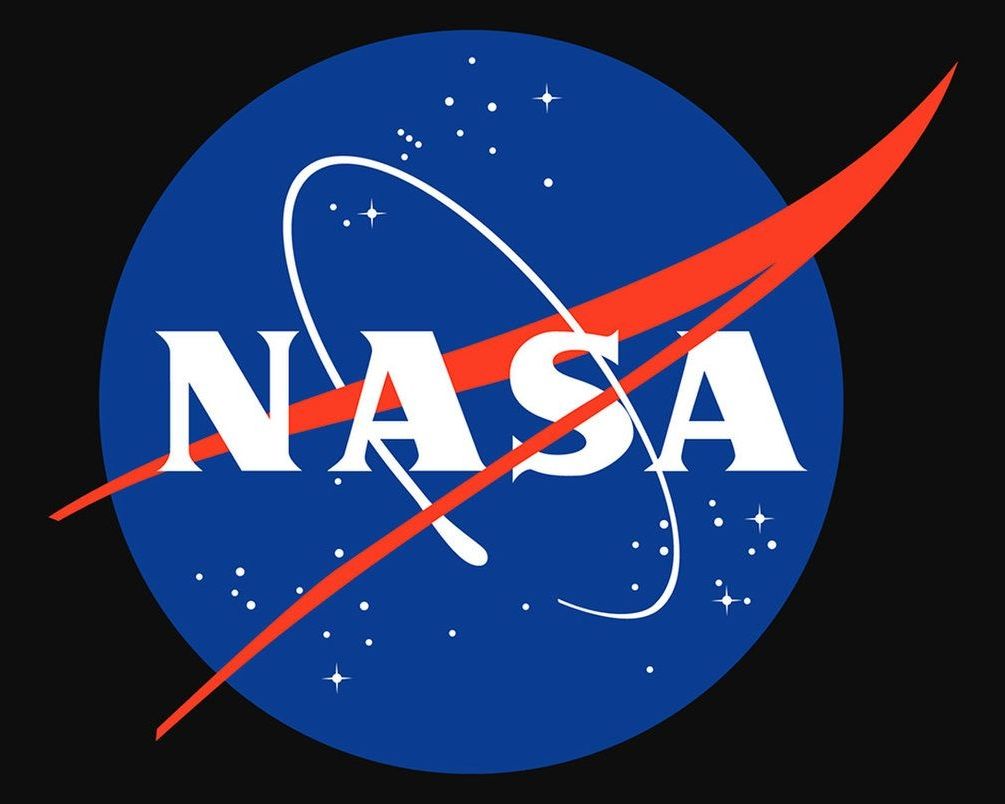
Do you think NASA needs a new logo?
Michael D. Shaw is a biochemist and freelance writer. A graduate of the University of California, Los Angeles, and a protégé of the late Willard Libby, winner of the 1960 Nobel Prize in chemistry, Shaw also did postgraduate work at MIT. Based in Virginia, he covers technology, health care and entrepreneurship, among other issues.
NASA’s logo needs a refresh. The agency’s official logo, the 59-year-old “meatball insignia,” features a sphere to represent a planet, stars to represent space and a red chevron or “wing” to represent aeronautics, with white N-A-S-A lettering in the center. This logo looks like it belongs in a museum, commemorating the past, not celebrating the future. As NASA celebrates its 60th anniversary this year, this seems like a good time for the agency to update its antiquated logo.
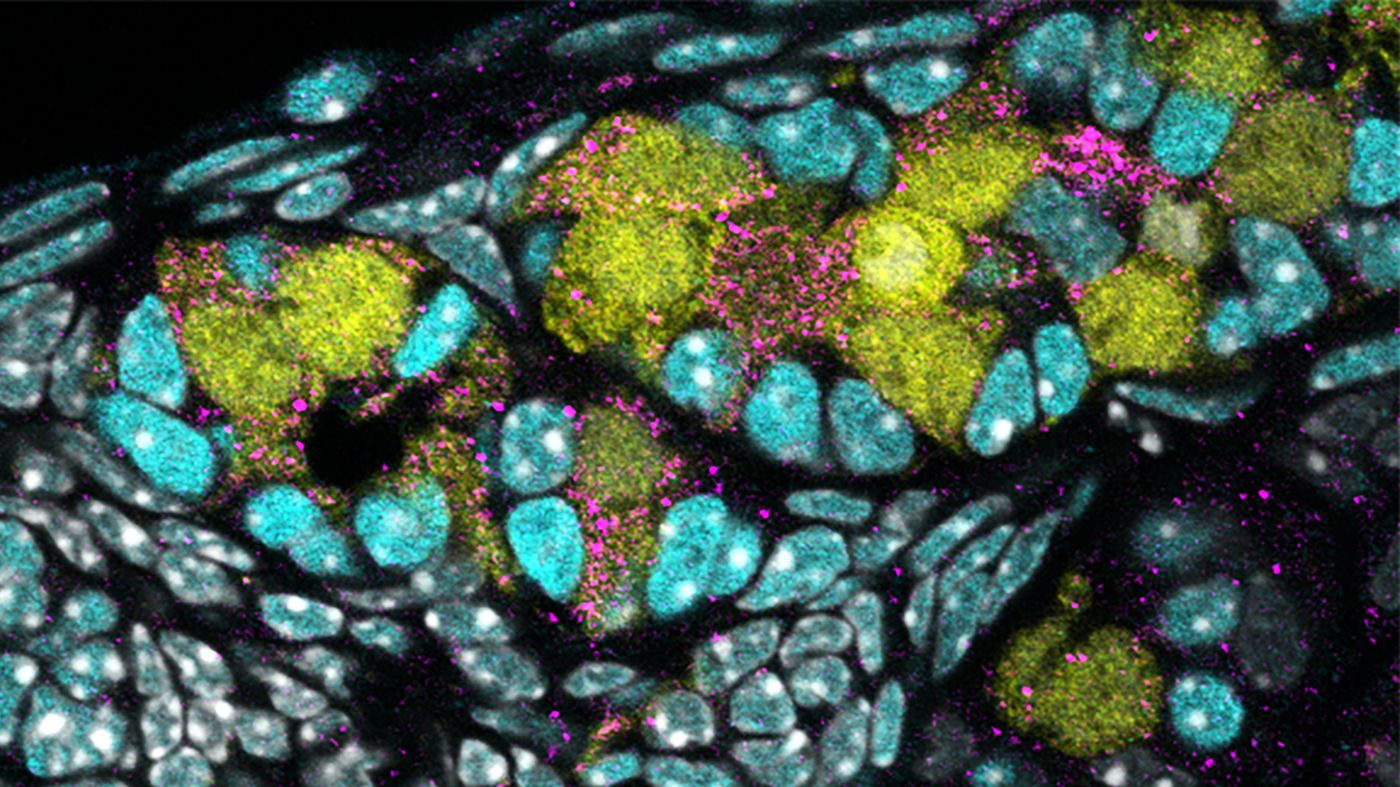

All three of these surprising achievements are highlighted in the Goalkeepers 2018 Data Report, written by Bill and Melinda Gates and released on Sept. 18. But the dispatch—an assessment of the progress made so far on the United Nations’ 17 Sustainable Development Goals and done with the help of the University of Washington’s Institute for Health Metrics and Evaluation—is anything but rah-rah. For every encouraging data point, indeed, there is one that alarms. For every promising advance in the global war on poverty and disease is a perilous outcome if we lose focus or steam.
A report from the Bill & Melinda Gates Foundation focuses on four key areas: Health, education, sanitation, and family planning.
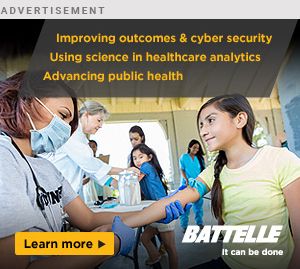
Recently, there has been an explosion of interest in applying artificial intelligence (AI) to medicine. Whether explicitly or implicitly, much of this interest has centered on using AI to automate decision-making tasks that are currently done by physicians. This includes two seminal papers in the Journal of the American Medical Association demonstrating that AI-based algorithms have similar or higher accuracy than physicians: one in diagnostic assessment of metastatic breast cancer compared to pathologists and the other in detecting diabetic retinopathy compared to ophthalmologists.
While promising, these applications of AI in medicine raise a number of novel regulatory and policy issues around efficacy, safety, health workforce, and payment. They have also triggered concerns from the medical and patient communities about AI replacing doctors. And, except in narrow domains of practice, general AI systems may fall far short of the hype.
We posit that the applications of AI to “augment” physicians may be more realistic and broader reaching than those that portend to replace existing health care services. In particular, with the right support from policy makers, physicians, patients, and the technology community, we see opportunities for AI to be a solution for—rather than a contributor to—burnout among physicians and achieving the quadruple aim of improving health, enhancing the experience of care, reducing cost, and attaining joy in work for health professionals.